Skylands - What to do?
illinois_john
10 years ago
Related Stories
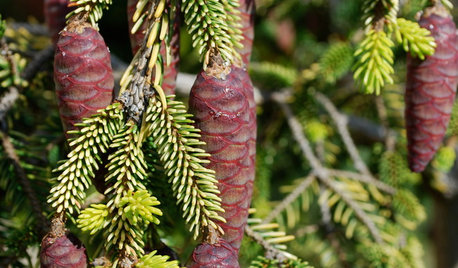
GARDENING GUIDESGreat Design Plant: Skylands Oriental Spruce, a Favorite Conifer
Brighten up a drab corner of your garden with Picea orientalis ‘Skylands’, a smaller spruce that a bird family might just call home
Full Story
GARDENING GUIDES7 New Plants to Grow for Beautiful Foliage
Add color, structure and interest to your garden with these recently introduced plants that sport exceptional foliage
Full Story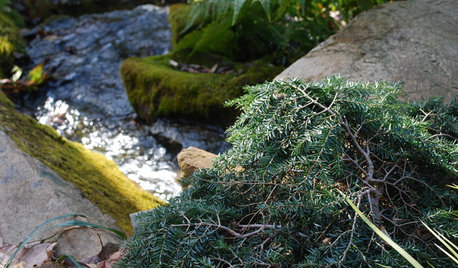
GARDENING GUIDESGreat Design Plant: Tsuga Canadensis ‘Bennett’
Bennett Canadian hemlock thrives in shade and provides sculptural interest in eastern U.S. gardens
Full Story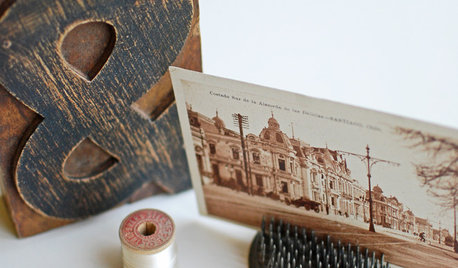
HOW TO PHOTOGRAPH YOUR HOUSESmall-Business Savvy: Photograph Products Like a Pro
Take impressive photos of your work for a website, a portfolio or packaging with any camera and these 5 tips
Full Story
KIDS’ SPACES8 Dreamy Kids’ Bedroom Ceilings to Stir Imagination
Make your child’s room a magical place with a ceiling that could be a home to unicorns, UFOs and more
Full Story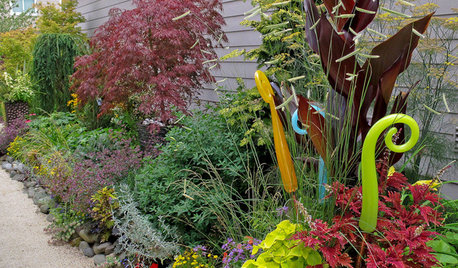
GARDENING AND LANDSCAPINGMake Your Garden Sparkle With Glass Art
Bring color, shine and even delightful sounds to your garden with glass sculptures, chimes and gazing spheres
Full Story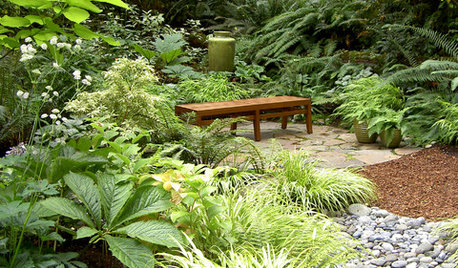
GARDENING GUIDESGreat Garden Combo: 6 Beautiful Plants for a Shady, Wet Site
Transform a shade garden with moisture-loving golden grasses, textural leaves and a sprinkling of flowers
Full Story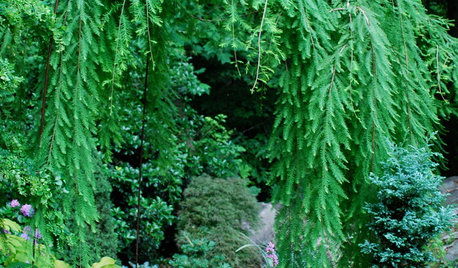
LANDSCAPE DESIGNThe Weepers and the Creepers: 10 Intriguing Trees for Your Garden
Bring something a little different to your landscape with a tree that dives, twists or crawls
Full Story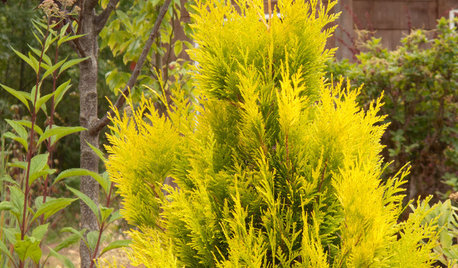
FOLIAGEGreat Design Plant: 'Forever Goldie' Arborvitae
As soft as a teddy bear, this golden conifer adds year-round interest to the garden
Full StoryMore Discussions






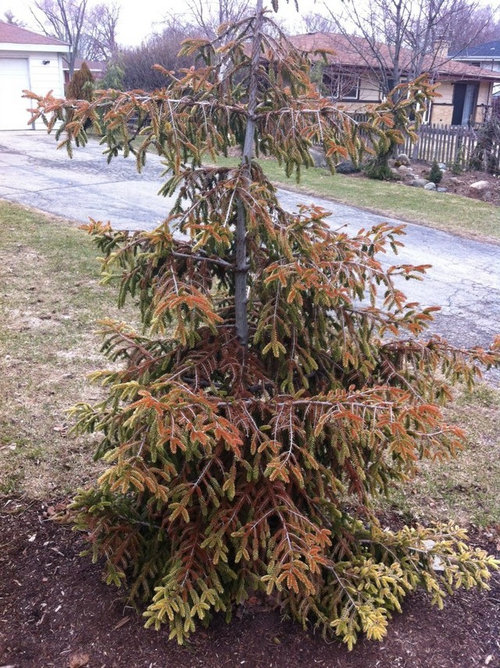
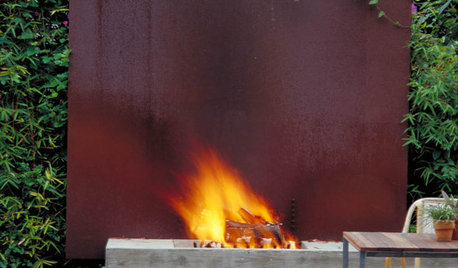




ken_adrian Adrian MI cold Z5
outback63 Dennison
Related Professionals
Brentwood Landscape Architects & Landscape Designers · Forest Acres Landscape Architects & Landscape Designers · Simi Valley Landscape Architects & Landscape Designers · Anderson Landscape Contractors · Woburn Landscape Contractors · Tempe Landscape Contractors · Bergenfield Landscape Contractors · Cupertino Landscape Contractors · Doctor Phillips Landscape Contractors · Ellicott City Landscape Contractors · Lady Lake Landscape Contractors · Lynwood Landscape Contractors · Palm Beach Gardens Landscape Contractors · Reedley Landscape Contractors · Westchester Landscape ContractorsEmbothrium
whaas_5a
illinois_johnOriginal Author
outback63 Dennison
whaas_5a
Toronado3800 Zone 6 St Louis
gardener365
ken_adrian Adrian MI cold Z5
outback63 Dennison
whaas_5a
illinois_johnOriginal Author
tsugajunkie z5 SE WI ♱
dansgrdn